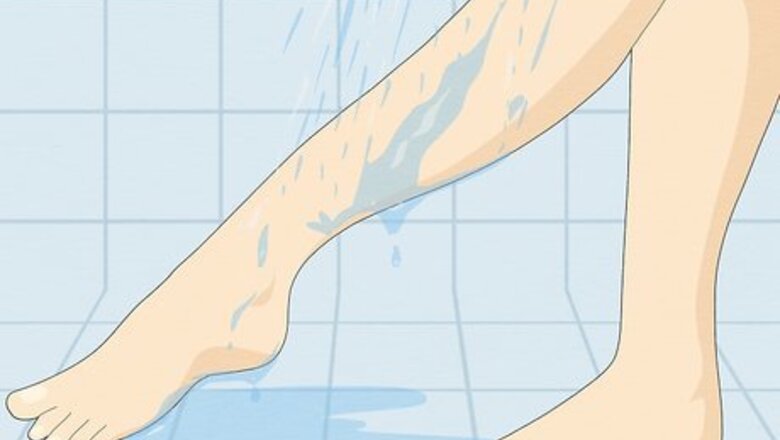
views
X
Trustworthy Source
Mayo Clinic
Educational website from one of the world's leading hospitals
Go to source
You can prevent ingrown hairs after epilation by prepping your skin, using proper techniques, and caring for your skin after the treatment.
Caring for Your Skin After Epilating
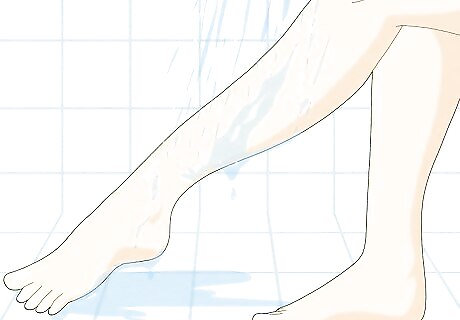
Rinse your skin. Wipe or rinse off your skin when you’re finished. Use warm water to keep your pores open. This can clear away lingering hair and bacteria. It can also minimize the risk of developing ingrown hairs.
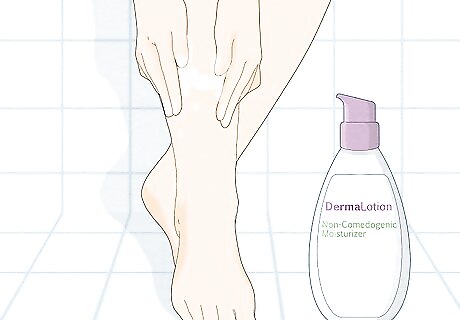
Soothe your skin with moisturizer. Exfoliation and epilation can dry out your skin. After rinsing off your skin, apply a non-comedogenic moisturizer. This can soothe newly epilated skin and keep dry skin from clogging your pores and hair follicles. Moisturize twice a day to ease any redness or inflammation from epilation. Some waxing kits may include an antiseptic cream, which soothes, moisturizes, and protects your skin against potential infections.
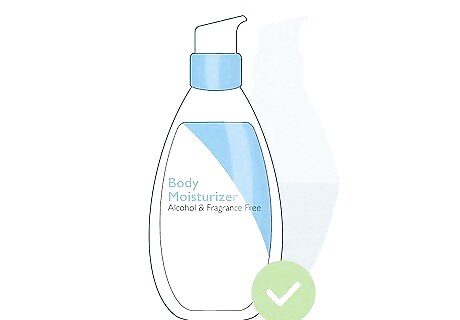
Use gentle and nourishing products. Return to your skincare routine after epilation. Choose skincare products that are gentle as well as alcohol- and fragrance-free. They should also help moisturize your skin. This can ensure that you don’t irritate skin that is delicate from epilation.
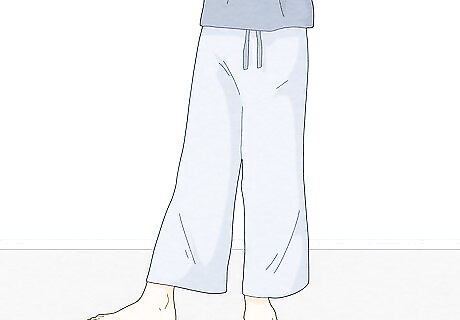
Wear loose clothing. Avoid wearing tight clothing for a few days after you epilate. Tight clothes put pressure on your skin. This can keep hairs from growing properly and increases the risk of them being pushed back under the skin.
Preparing Your Skin Before Epilation
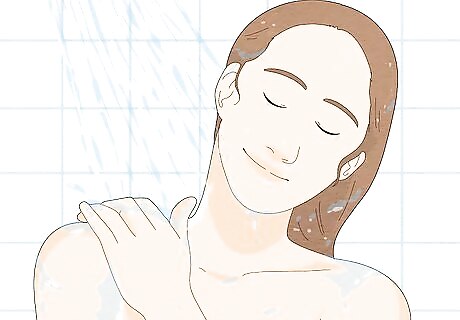
Cleanse your skin. Wash your skin or take a shower with warm water. Use a gentle soap to avoid irritation. This can minimize the risk of bacteria getting into pores and causing an infection.
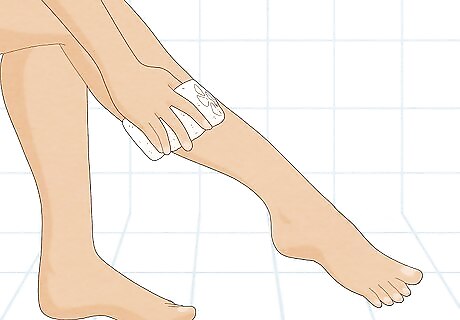
Exfoliate your skin. Dead cells can build up on your skin and block the hair follicles. Use a gentle exfoliating product in the shower or bath to remove dead cells. This can reduce your risk of developing ingrown hairs. Use any of the following natural exfoliants twice per week: Dry body brush Natural loofah Sugar and olive oil paste Baking soda and water paste
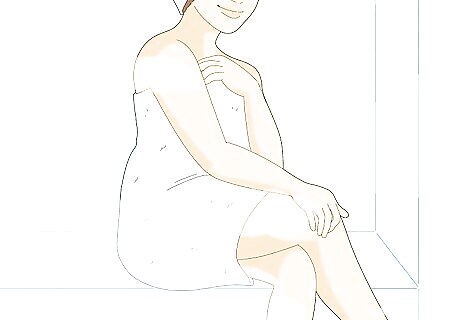
Steam hair follicles in the shower. Step into a steam room or take a steamy shower. The warmth will open up your pores. This softens hair, making it easier to remove. Steam your skin as a part of your pre-epilation cleansing and exfoliation routine.

Clean your epilation tool. Rinse or wipe off your epilator before you start. This can remove any bacteria or lingering hairs on your device. It can also help prevent ingrown hairs. Tweezers can be cleaned weekly with plain rubbing alcohol.
Using Proper Epilation Techniques

Follow product instructions. Depending on what type of epilator you have, consult the product’s instructions. These can advise how to get optimal results and minimize the risk of ingrown hairs. For example, some epilators may require working in the direction of hair growth, while others suggest working against it. Tweezers likely will not come with instructions. Grip the hair you’d like to remove in the pointed end of the tweezers and pull gently in the direction of the hair growth. Wipe the tweezers off with a clean cloth to remove the hairs, if necessary.
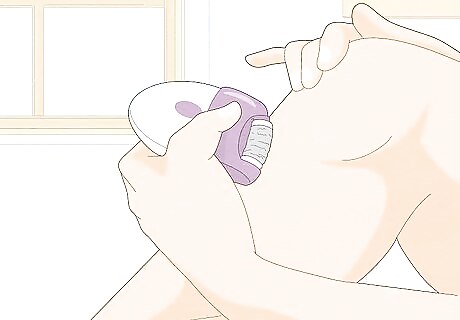
Use gentle pressure. Be gentle when using your epilator. Using too much pressure can make it more difficult to remove the hair from its follicles. Gently press the epilator so that it glides easily over your skin.

Avoid pulling your skin taut. Hold the area you’re exfoliating with as little pressure as possible. Pulling your skin taut can catch hairs underneath the surface of your skin. This can increase your risk of developing an ingrown hair. If you are using an epilation device, follow the product packaging instructions about whether you should pull your skin.



















Comments
0 comment